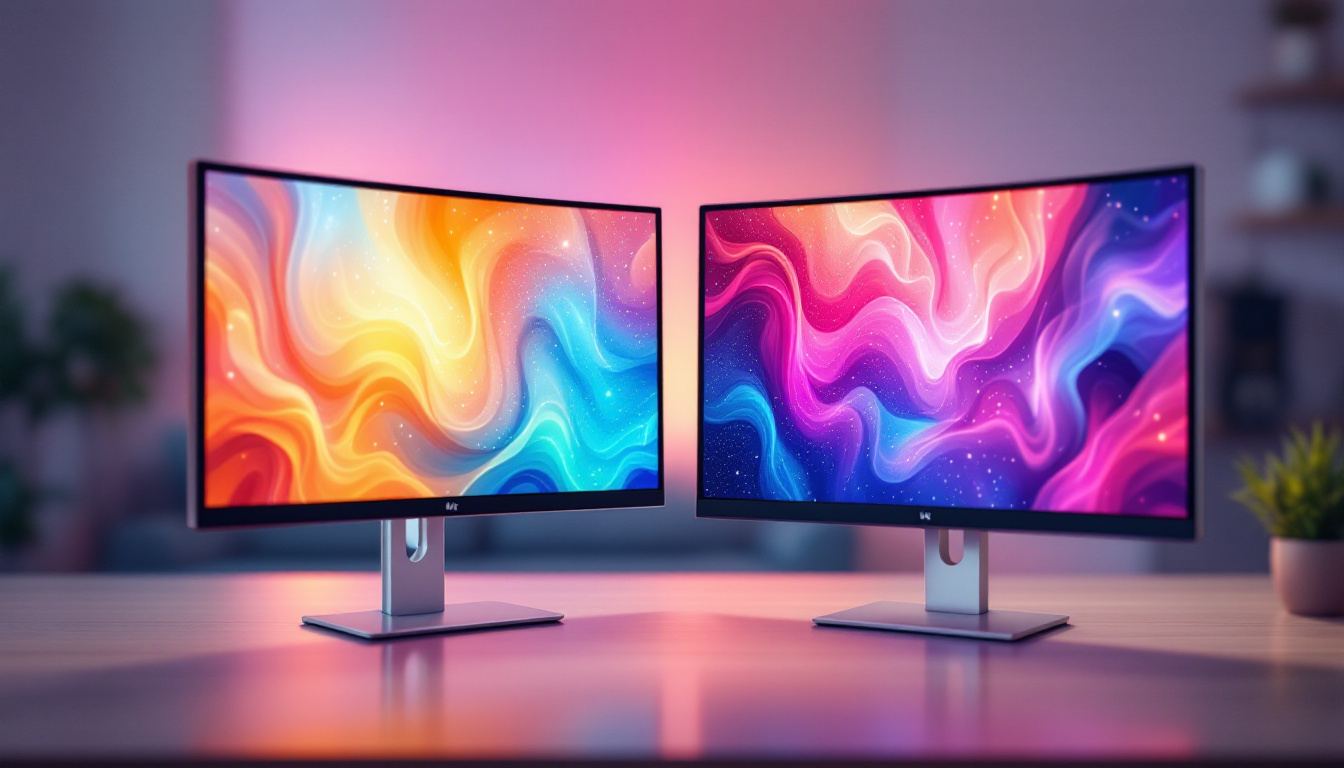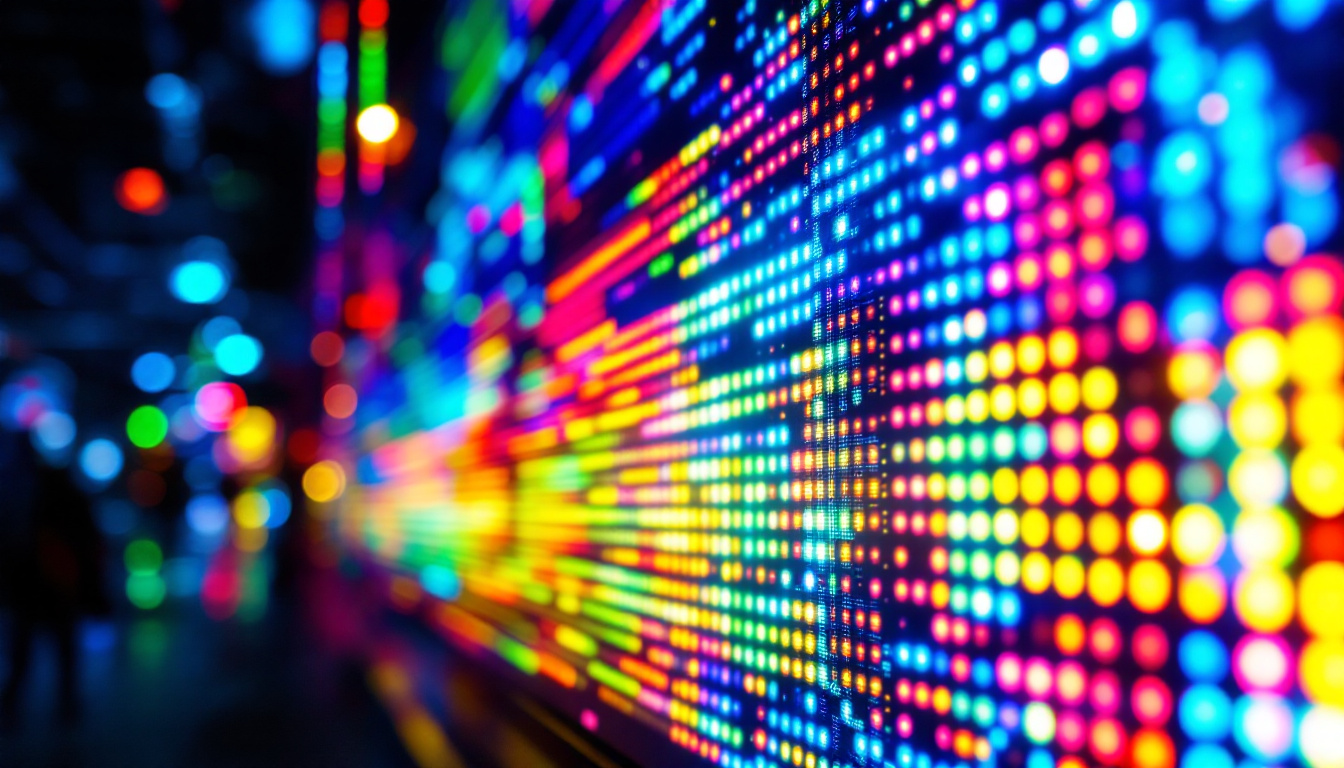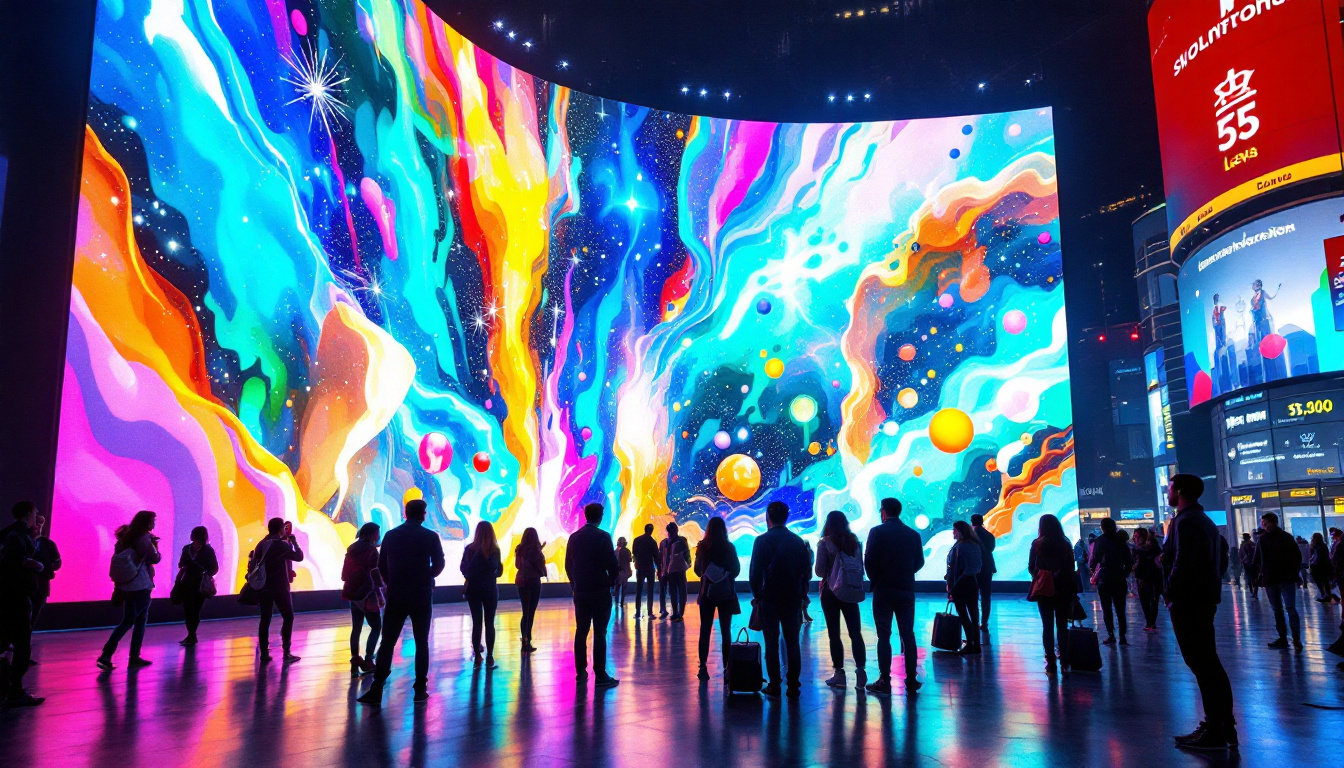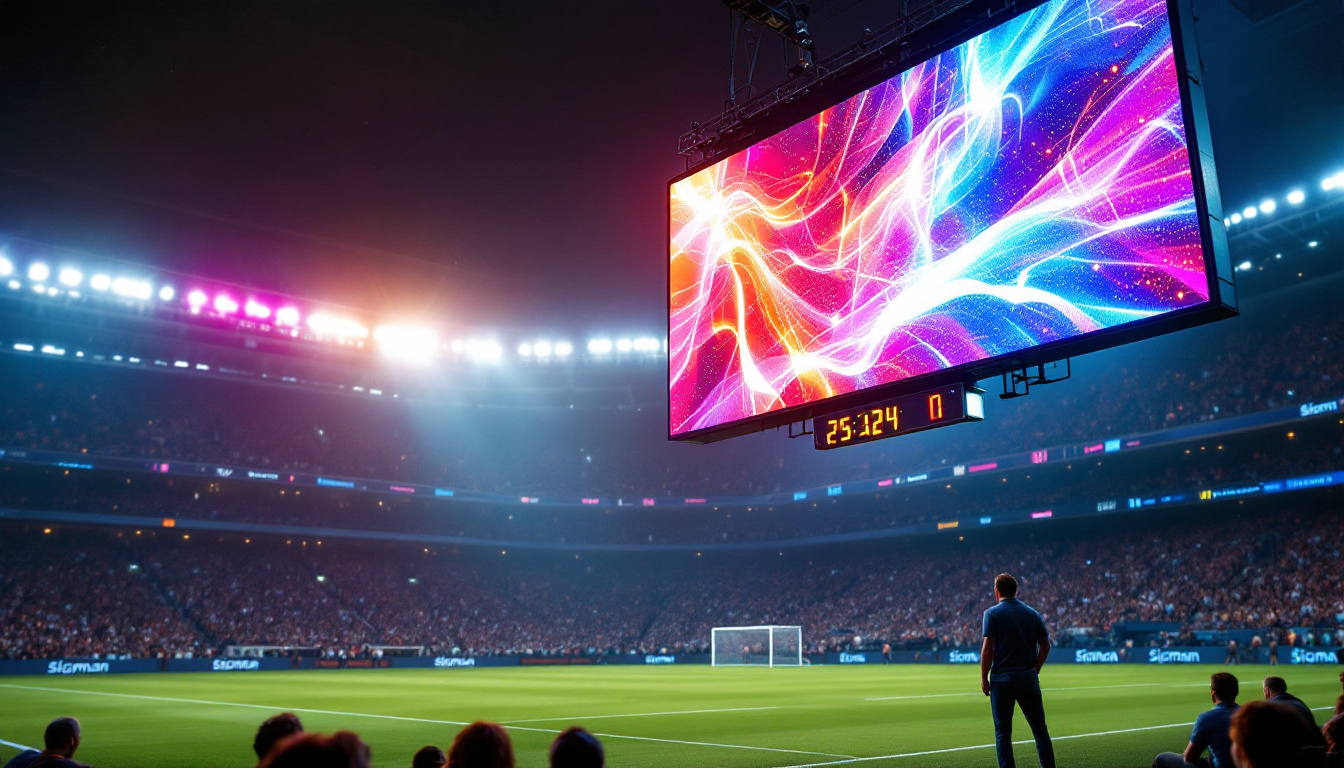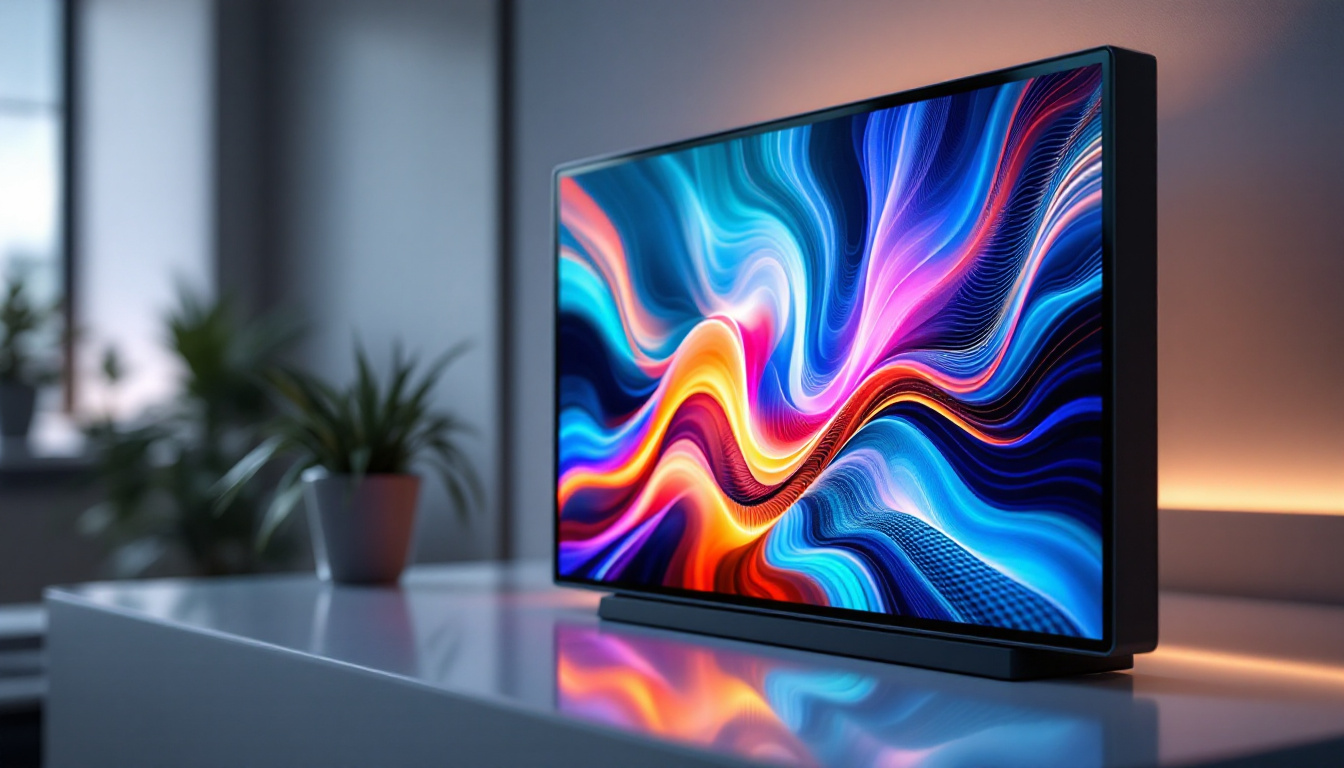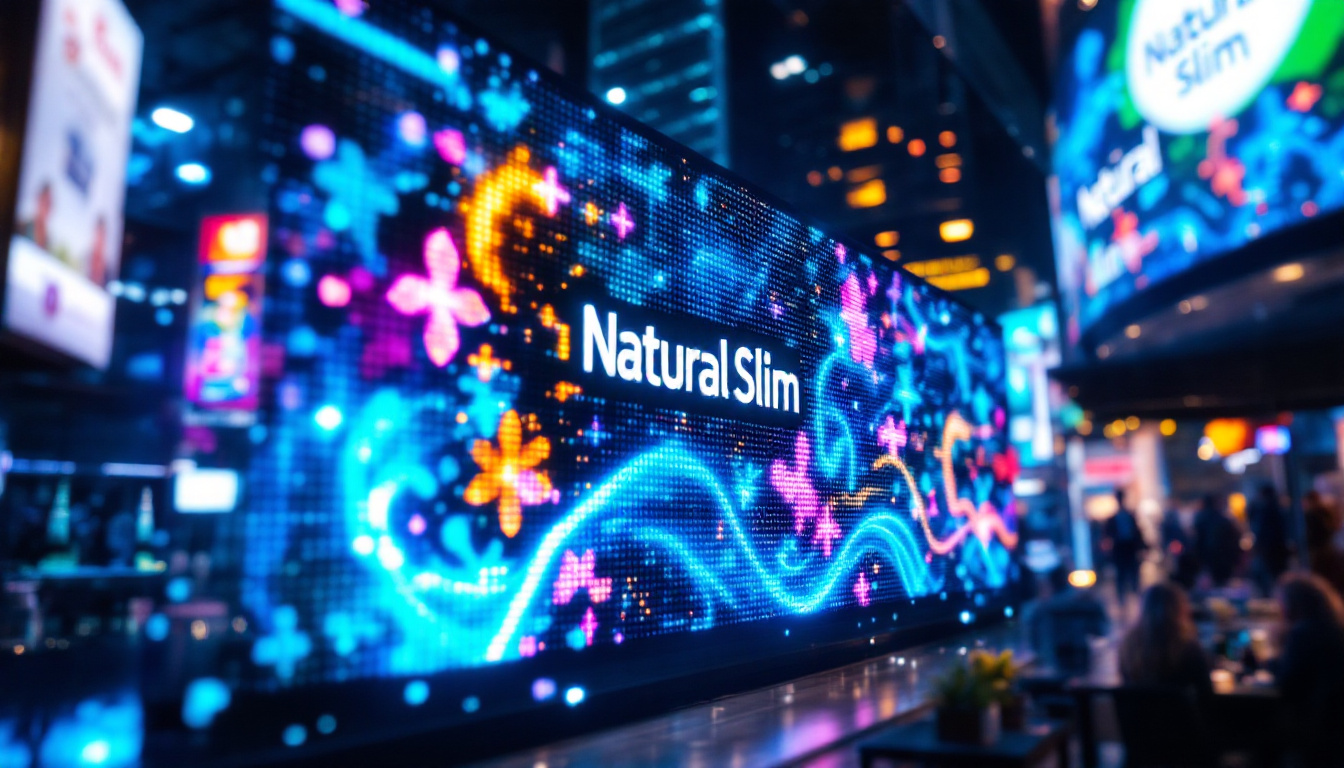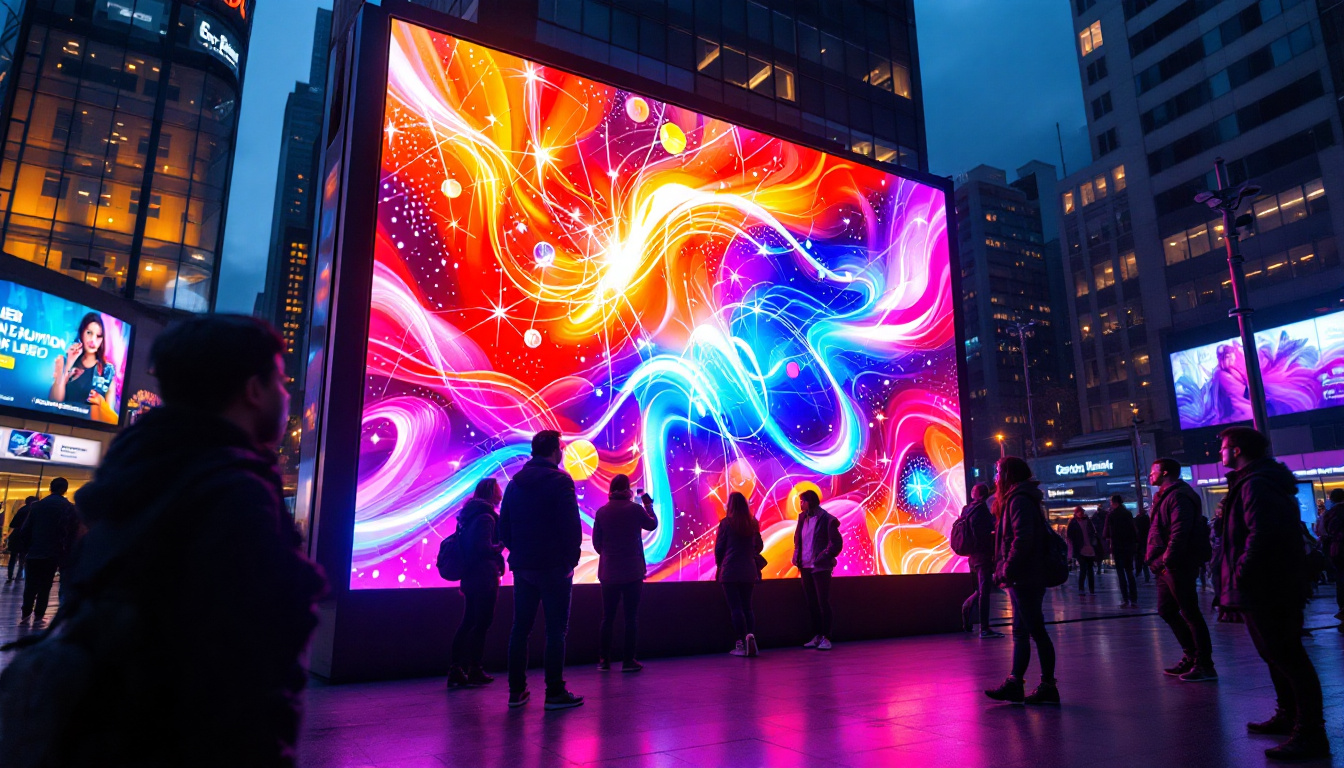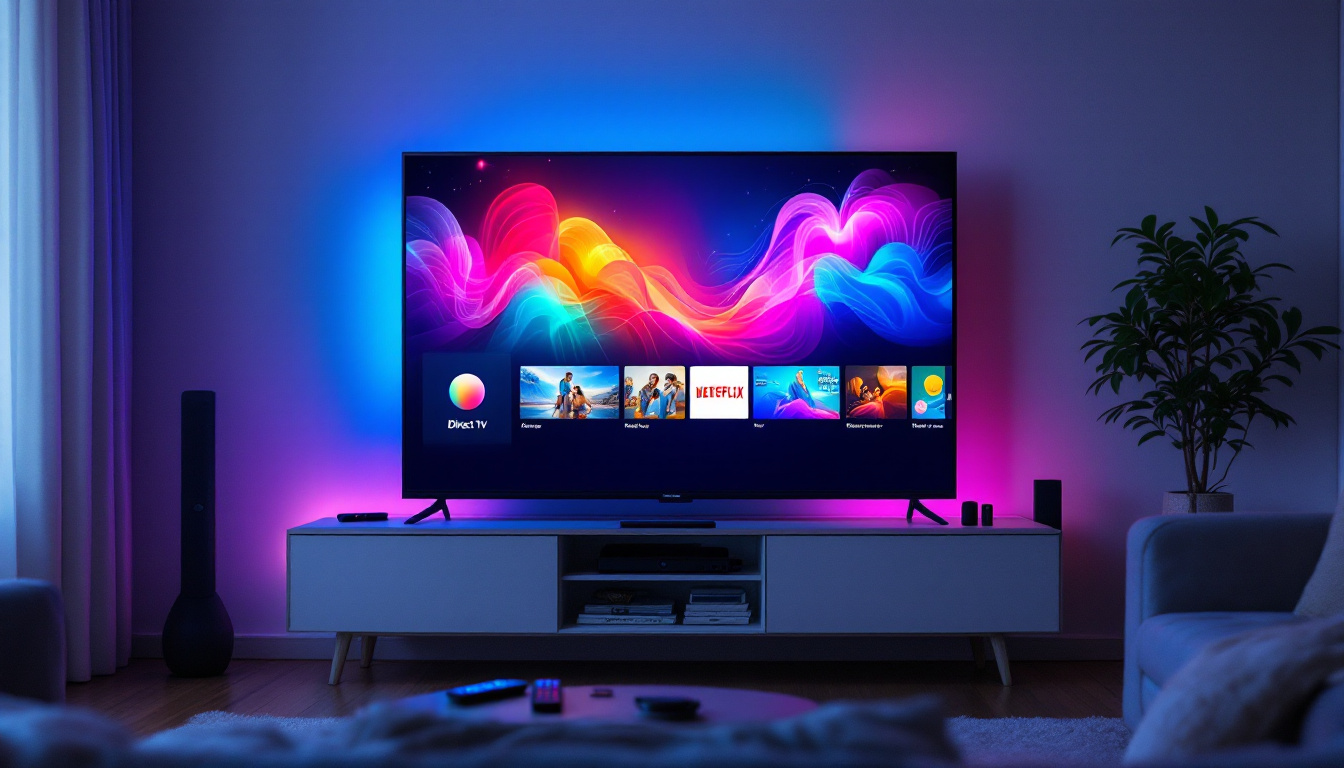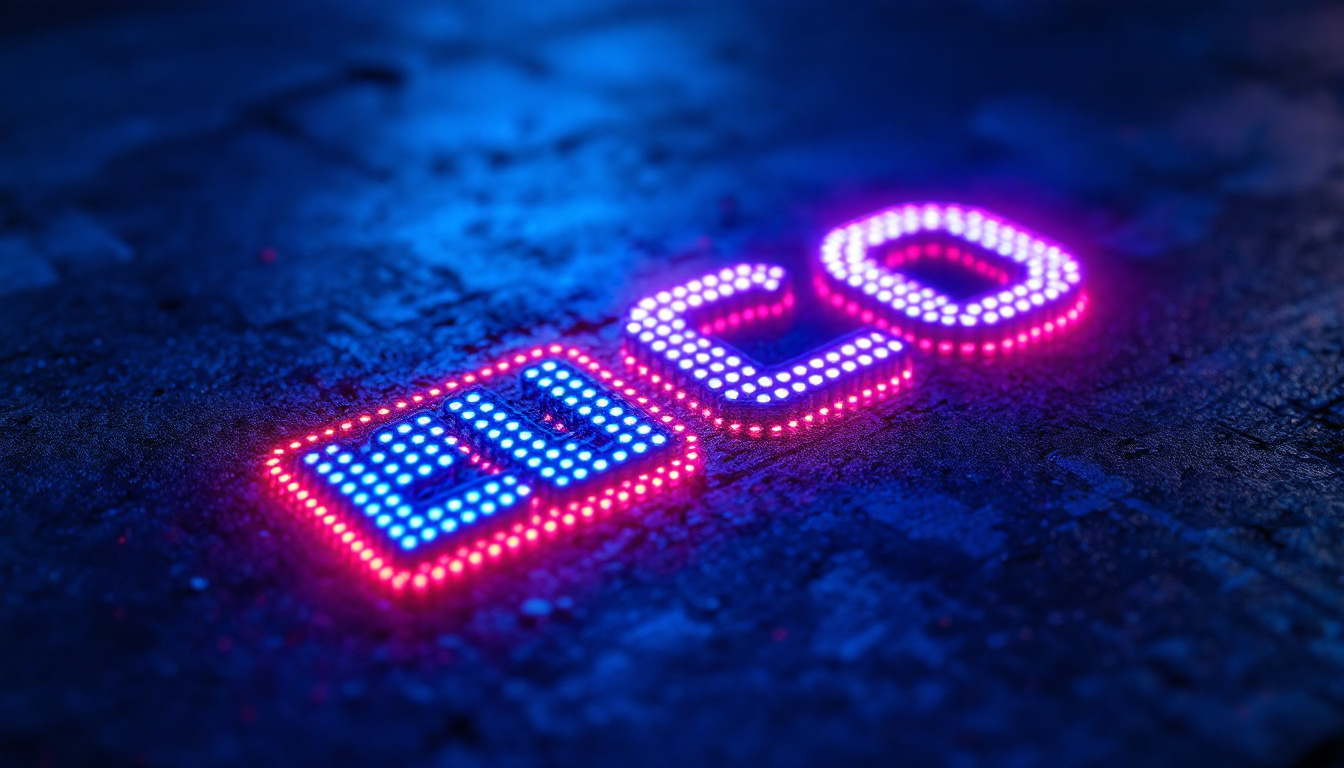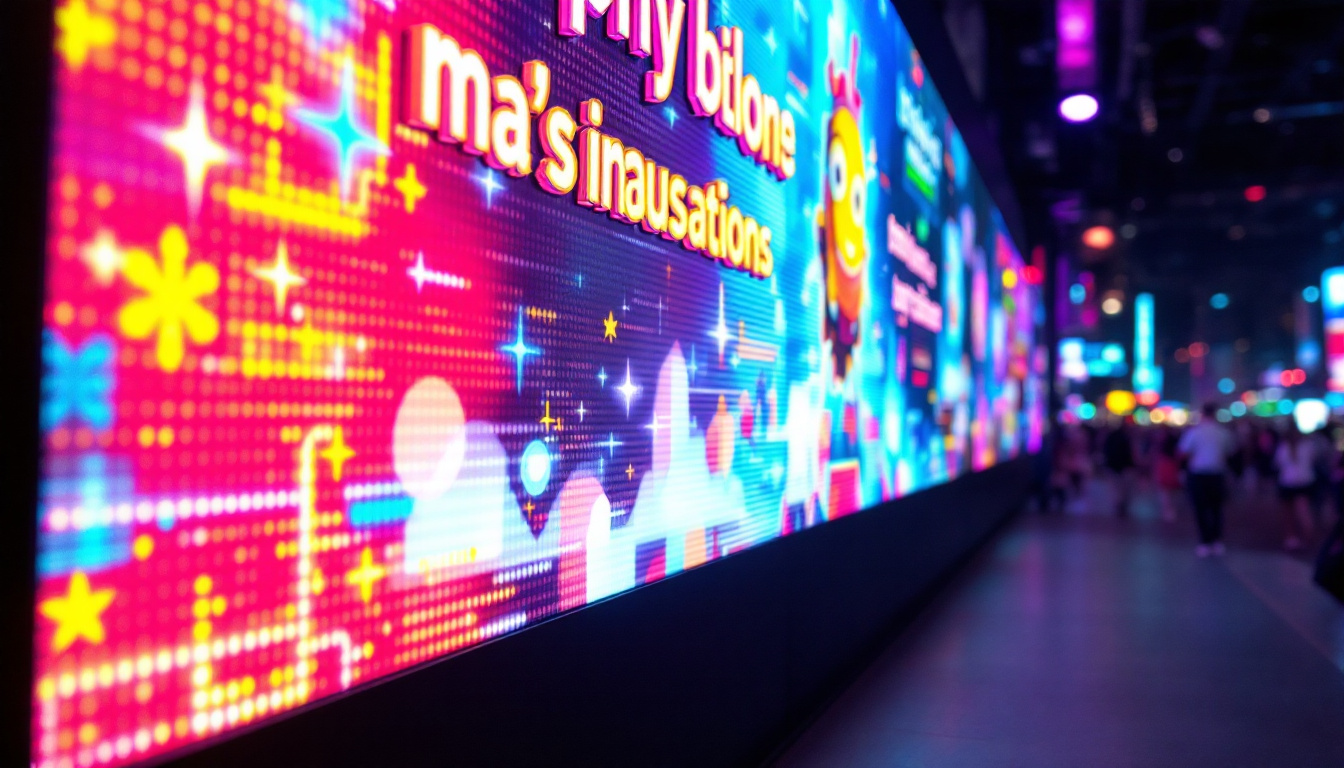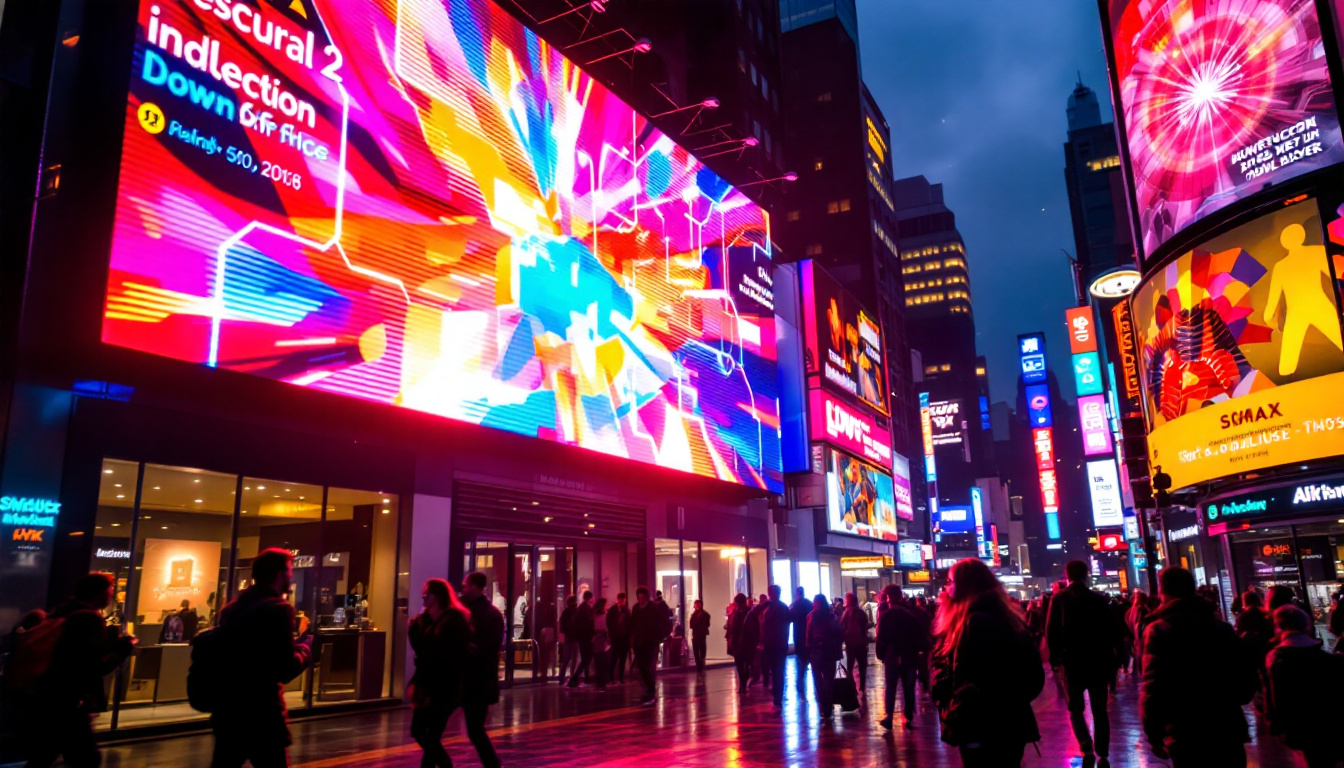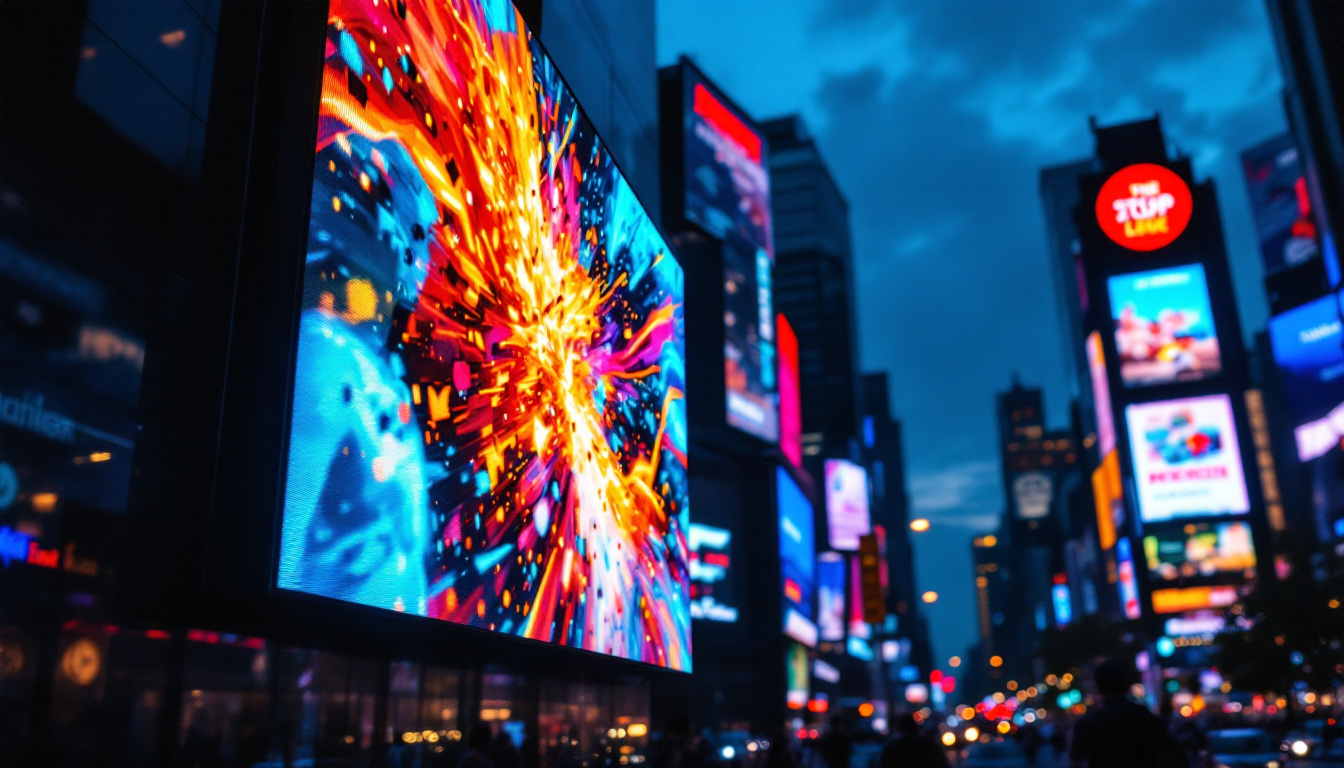In the rapidly evolving world of technology, touch screens have become an integral part of our daily lives. From smartphones to interactive kiosks, these devices rely heavily on advanced display technologies, particularly LED displays. Understanding the intricacies of LED displays is essential for anyone interested in touch screen manufacturing and design. This article delves into the nuances of LED displays, their types, advantages, and the leading manufacturers in the industry.
Understanding LED Displays
LED, or Light Emitting Diode, displays utilize semiconductor technology to produce light. Unlike traditional LCDs, which require a backlight, LED displays generate their own light, resulting in brighter images and improved energy efficiency. This fundamental difference has made LED technology a preferred choice for many applications, particularly in touch screen devices. The advancements in LED technology have not only enhanced the visual experience but also contributed to the reduction of energy consumption, making them a more sustainable option in the long run.
How LED Displays Work
The operation of an LED display is based on the principle of electroluminescence, where a semiconductor emits light when an electric current passes through it. The display consists of numerous tiny LEDs arranged in a grid, each capable of emitting red, green, or blue light. By varying the intensity of these colors, a full spectrum of colors can be produced, allowing for vibrant and dynamic visuals. This capability is particularly beneficial in applications requiring precise color representation, such as graphic design and video production.
In touch screen applications, LED displays are often paired with capacitive or resistive touch technology. This combination enables users to interact directly with the screen, creating a seamless experience that is both intuitive and engaging. The responsiveness of LED displays makes them ideal for various applications, from consumer electronics to industrial machinery. Furthermore, the durability of LED technology ensures that these displays can withstand the rigors of constant use, making them a reliable choice for environments where performance is critical.
Types of LED Displays
LED displays can be categorized into several types, each serving specific purposes and applications. The most common types include:
- Direct LED: In this configuration, LEDs are placed directly behind the screen, providing uniform brightness and color accuracy. Direct LED displays are typically used in high-end televisions and professional monitors, where picture quality is paramount.
- Edge-Lit LED: This type features LEDs positioned along the edges of the screen. Light is then spread across the display using a light guide plate. Edge-lit displays are thinner and more energy-efficient, making them popular in consumer electronics. Their sleek design allows for more versatile applications, including ultra-thin TVs and portable devices.
- OLED (Organic LED): OLED displays utilize organic compounds that emit light when an electric current is applied. They offer superior color reproduction and contrast ratios, making them ideal for high-end applications like smartphones and televisions. Additionally, OLED technology allows for flexible displays, paving the way for innovative designs in wearable technology and curved screens.
Another emerging type of LED display is MicroLED, which consists of microscopic LEDs that can be individually controlled. This technology promises to deliver even higher brightness levels, improved energy efficiency, and greater durability compared to traditional LED displays. MicroLED displays are still in the developmental phase but hold the potential to revolutionize the display industry by offering an unparalleled viewing experience with minimal power consumption.
Advantages of LED Displays
LED displays offer numerous advantages over traditional display technologies, making them a popular choice among manufacturers and consumers alike.
Energy Efficiency
One of the most significant benefits of LED displays is their energy efficiency. Compared to traditional LCDs and CRTs, LED displays consume less power, which not only reduces electricity costs but also contributes to a smaller carbon footprint. This efficiency is particularly important in large-scale installations, such as digital signage and outdoor displays, where power consumption can be substantial. Moreover, the use of advanced technology in LED displays allows for dynamic brightness adjustments based on ambient light conditions, further optimizing energy use without compromising on quality.
Brightness and Color Quality
LED displays are known for their exceptional brightness levels and color accuracy. The ability to produce vibrant colors and deep blacks enhances the overall viewing experience, making LED displays ideal for various applications, including gaming, video production, and graphic design. Furthermore, the high contrast ratios of LED displays ensure that images remain sharp and clear, even in brightly lit environments. This capability is particularly beneficial for outdoor advertising, where sunlight can wash out the visibility of traditional displays. The advanced color calibration techniques used in LED technology also allow for a broader color gamut, enabling more lifelike representations of images and videos.
Longevity and Durability
LED technology is inherently more durable than traditional display technologies. LED displays have a longer lifespan, often exceeding 50,000 hours of use. This longevity translates to lower maintenance costs and reduced frequency of replacements, making them a cost-effective solution for businesses and consumers alike. Additionally, LED displays are less susceptible to screen burn-in and other common issues associated with older technologies. Their robust construction also means they can withstand harsher environmental conditions, making them suitable for both indoor and outdoor applications. This durability is especially valuable in public venues and transportation hubs, where displays are subject to constant use and potential physical impacts.
Versatility and Form Factor
Another notable advantage of LED displays is their versatility in design and form factor. They can be manufactured in a variety of shapes and sizes, allowing for creative installations that can fit any space or aesthetic requirement. From large video walls in stadiums to sleek, curved displays in retail environments, the adaptability of LED technology opens up a world of possibilities for designers and architects. Additionally, modular LED panels can be combined to create custom configurations, making it easy to scale up or down based on specific project needs. This flexibility is a game-changer for industries that demand unique display solutions, such as events, exhibitions, and immersive experiences.
Leading Touch Screen Manufacturers
The market for touch screen displays is highly competitive, with numerous manufacturers vying for dominance. Some of the leading companies in the touch screen manufacturing space include:
Samsung
Samsung is a global leader in display technology, known for its innovative approach and high-quality products. The company produces a wide range of LED displays, including those used in smartphones, tablets, and large-format displays. Samsung’s commitment to research and development ensures that it remains at the forefront of display technology, continuously pushing the boundaries of what is possible.
LG Display
LG Display is another major player in the LED display market, specializing in both OLED and LCD technologies. The company has made significant strides in developing energy-efficient displays that deliver exceptional picture quality. LG’s expertise in touch screen technology has positioned it as a preferred choice for various applications, including automotive displays and interactive kiosks.
Sharp
Sharp is renowned for its cutting-edge display technology, particularly in the realm of large-format displays. The company offers a diverse range of LED displays, from commercial signage to high-resolution monitors. Sharp’s commitment to quality and innovation has solidified its reputation as a trusted manufacturer in the touch screen industry.
Applications of LED Touch Screens
LED touch screens have found applications across various industries, thanks to their versatility and performance. Here are some notable areas where LED touch screens are making a significant impact:
Consumer Electronics
In the realm of consumer electronics, LED touch screens are ubiquitous. From smartphones and tablets to smart TVs and wearables, these displays offer users an intuitive interface that enhances their experience. The vibrant colors and sharp images provided by LED technology make devices more appealing and user-friendly.
Retail and Advertising
Digital signage has revolutionized the retail and advertising sectors, with LED touch screens playing a pivotal role. Interactive displays allow customers to engage with products and services in a dynamic way, providing information and promotions at their fingertips. Retailers leverage LED touch screens to create immersive experiences that attract and retain customers.
Healthcare
In healthcare settings, LED touch screens are utilized for various applications, including patient monitoring systems, medical imaging, and interactive kiosks for patient registration. The clarity and responsiveness of LED displays enhance the efficiency of healthcare operations, allowing medical professionals to access critical information quickly and accurately.
The Future of LED Displays in Touch Screens
The future of LED displays in touch screens looks promising, with continuous advancements in technology paving the way for even more innovative applications. As manufacturers invest in research and development, several trends are expected to shape the industry in the coming years.
Miniaturization and Flexibility
One of the most exciting trends in LED display technology is the miniaturization of components. As displays become smaller and more flexible, they open up new possibilities for applications in wearable technology and compact devices. Flexible LED displays can conform to various shapes, allowing for innovative designs that were previously unimaginable.
Integration with AI and IoT
The integration of artificial intelligence (AI) and the Internet of Things (IoT) with LED touch screens is set to revolutionize user interaction. Smart displays that can adapt to user preferences and behaviors will enhance the overall experience, making touch screens even more intuitive. As IoT devices proliferate, LED displays will play a crucial role in providing real-time information and feedback.
Sustainability Initiatives
With growing awareness of environmental issues, manufacturers are focusing on sustainability in their production processes. The development of eco-friendly LED displays that use less energy and are made from recyclable materials is becoming a priority. This shift towards sustainability not only benefits the environment but also aligns with consumer preferences for greener products.
Conclusion
LED displays have transformed the landscape of touch screen technology, offering numerous advantages that enhance user experience across various applications. As manufacturers continue to innovate and improve upon existing technologies, the future of LED touch screens appears bright. Understanding the intricacies of LED displays is essential for anyone involved in the touch screen manufacturing industry, as it enables better decision-making and fosters the development of cutting-edge solutions.
With leading manufacturers like Samsung, LG Display, and Sharp at the forefront, the industry is poised for continued growth and evolution. As new trends emerge and technology advances, LED displays will remain a cornerstone of touch screen innovation, shaping the way users interact with technology for years to come.
Discover LumenMatrix’s Advanced LED Display Solutions
As you consider the future of touch screen technology and the role LED displays play in shaping interactive experiences, LumenMatrix stands ready to elevate your projects with our comprehensive range of LED display solutions. From captivating Indoor and Outdoor LED Wall Displays to innovative options like Vehicle LED Displays, LED Posters, and Transparent LED Displays, our products are designed to revolutionize visual communication. Embrace the power of cutting-edge digital signage with LumenMatrix and create visual experiences that engage and inspire. Check out LumenMatrix LED Display Solutions today and see how we can help you make a lasting impression.



